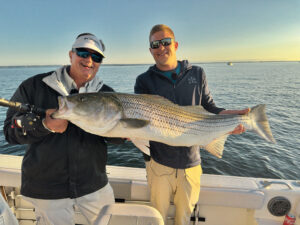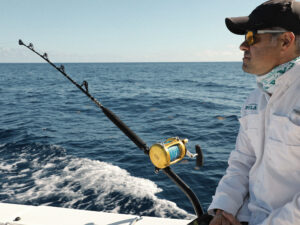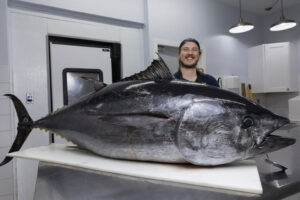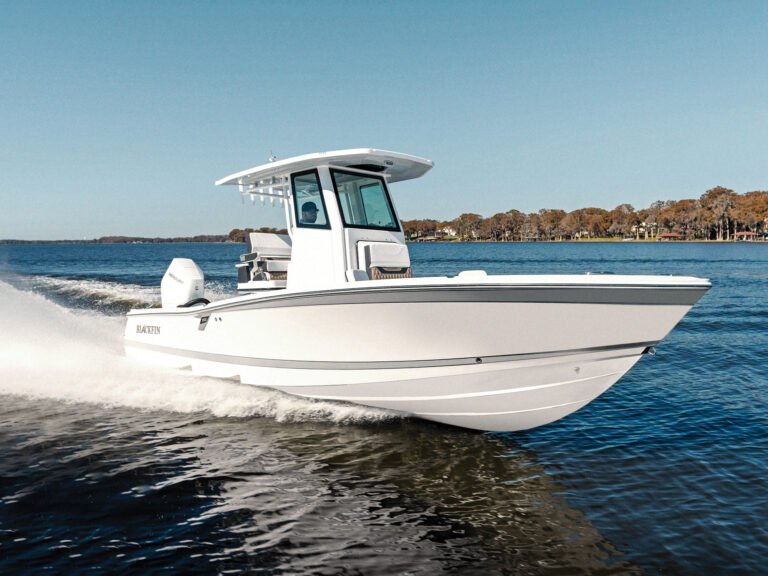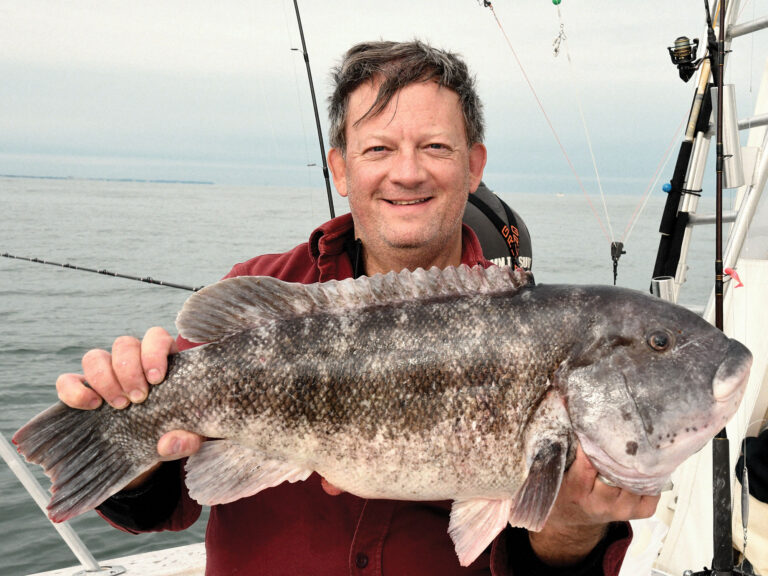
Anglers in the South Atlantic have reason to gaze across to the Gulf and be more than a little envious—and curious—about the wildly different management regimes for red snapper. While South Atlantic recreational red snapper seasons have been stuck at one or two days for more than 15 years, seasons in the Gulf expanded. For red snapper anglers, satisfaction in the South Atlantic is at an all-time low, while angler satisfaction in the Gulf is relatively high.
How did these two regions end up on opposite ends?
The origin stories for each are surprisingly similar. In the Gulf, decades of overfishing—primarily juvenile red snapper bycatch mortality in shrimp trawls—wrecked the stock. Regulations on the directed fisheries were ratcheted down every year, but nothing had an impact until shrimp-trawl bycatch was addressed. After a lengthy court fight mandated bycatch reductions in the shrimp fishery, an amazing thing happened: The red snapper population came roaring back faster than management models could comprehend. Within just a few years, anglers began encountering red snapper in huge numbers and in places where they hadn’t been for decades.
But as it became easier to catch red snapper from a wildly rebounding population, NOAA Fisheries calculated recreational anglers were catching their entire quota in a matter of days. In the face of a booming red snapper fishery, the recreational season eventually bottomed out at just three days with little prospect for improvement.
In the South Atlantic, decades of red snapper overfishing were not even detected until NOAA Fisheries did the first modern assessment on the fishery in 2008. It was so severely overfished that closing the bottom of the entire South Atlantic to prevent bycatch mortality was considered. Seasons for red snapper were shut down completely and have not been open more than a day or two ever since. But an amazing thing happened: The fishery came roaring back as an unprecedented run of spawning success rebuilt it faster than the management models could comprehend. Anglers began encountering red snapper in huge numbers.
Even though the season was open only a day or two, anglers were encountering lots of red snapper when they were fishing for other things. NOAA Fisheries calculates that too many red snapper aren’t surviving release, and that takes up the entire recreational quota. Under the current management regime, seasons longer than a few days will never improve.
Up to this point, the stories are remarkably similar, and both highlight the core inadequacies of federal management. In both regions, red snapper should have been considered a huge success story, but both were controversial messes. Both fisheries were almost inextricably caught in a trap created by NOAA Fisheries’ terminally flawed data system.
In the Gulf, NOAA’s data system reported a level of effort that the Gulf states believed was simply impossible. For example: On a single day in 2017, NOAA’s data said 16,883 red snapper trips had departed from Alabama ports. That number meant 64 percent of all licensed anglers in the state fished for snapper on that one day. State officials calculated, using an average boatlength of 26 feet, that this level of activity would have resulted in a solid bridge of boats lined up bow to stern more than 83 miles long. With that example in mind, it is no wonder NOAA thought the recreational sector was catching its entire quota in three days. Clearly, NOAA had no idea how many people were fishing or what they were catching.
In the South Atlantic, the problem revolves around bycatch—the red snapper that anglers throw back that don’t survive—which is the most unreliable data in the entire federal management system. It is based entirely on angler recall and multipliers that are not fully clear. Even with all the current chaos surrounding South Atlantic red snapper, it is still virtually impossible to have anyone at NOAA explain exactly how they derive the bycatch numbers. Like the situation in the Gulf eight years ago, the numbers seem based on a level of effort that is impossible.
For example: Florida is running its own recreational data program in the South Atlantic—where most of the effort is—and Florida’s data indicates bycatch levels several times less than what NOAA is calculating. Unfortunately, the state data is not used for management in the South Atlantic, and that is where the regions’ paths diverge.
As Gulf states realized there was no way out under the structure at the time, they began looking at options. They found they could collect recreational data better than NOAA; they knew their constituency, their ports and their anglers far better than NOAA could ever hope to. At the Gulf of Mexico Fishery Management Council, the states worked together to develop their own data-collection systems and pass regulations transferring management responsibility. They worked out allocations among the states.
The federal process still determines the overall allocation and federal laws still apply, but the states work to stay within their respective allocations. With data systems that are far more accurate and efficient, the states set their own seasons to provide the greatest access to their citizens. The outrageous effort estimates have disappeared, and the seasons are longer than they ever would have been under federal management.
It wasn’t always smooth. A lot of confusion could have been avoided if a universal data system had been adopted in the beginning. Funding was a challenge, and some states issued an offshore fishing permit to pay for it. But in the end, the Gulf states saw no other viable option, and the result is a far better product. The trend in the Gulf is to add other species to the state management model, and it bears pointing out that the West Coast states have been collecting their own recreational angling data since the early 2000s in response to the same failures in the federal system.
The South Atlantic now finds itself in the same place the Gulf states were about a decade ago. A clearly flawed federal data system is causing havoc with a fishery that should be hailed as a conservation success story. It won’t be the last. Florida’s state data system is already up and running, and the other three states in the region—South Carolina, Georgia and North Carolina—have a choice to make.
Read Next: Rebuilding the Seatrout Fishery in Texas
It should be acknowledged that it isn’t fair that the states have to step up and shoulder this responsibility. Funding will be a challenge, and no one should expect state-based data collection to magically solve every fishery problem. There are many other aspects of the federal fishery management system that are deeply flawed. But if the West Coast and the Gulf are any indication, the states will do a far better job with recreational data and remove one huge obstacle to rational fisheries management in the South Atlantic.
The federal government has had decades to figure out how to better manage the recreational sector and has failed miserably. The South Atlantic states—like the West Coast and Gulf Coast before them—can choose a path that will lead the way to a better future for their anglers.
Ted Venker is the vice president and conservation director of the Coastal Conservation Association.

